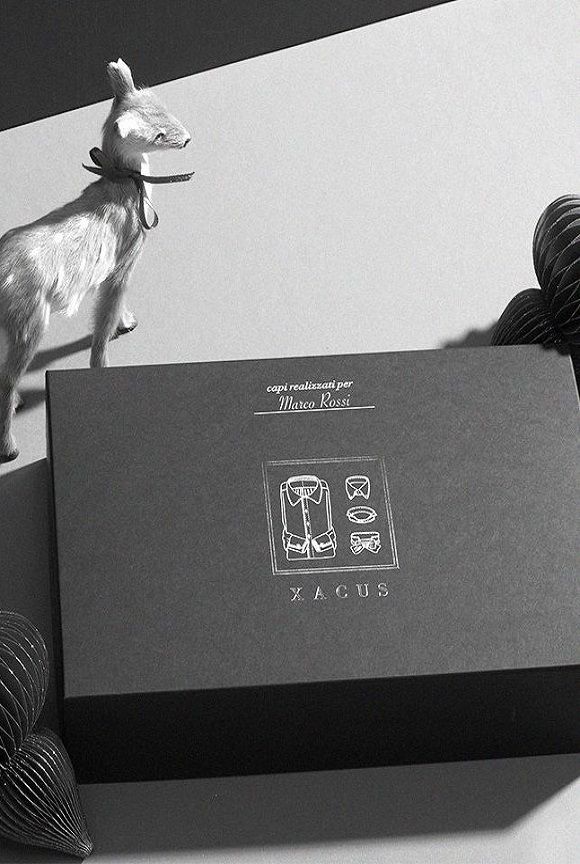When you wear an indigo garment, perhaps you don’t realise that what you have chosen is a truly special shade: not just because of the colours but also because of the story behind it and the procedure used to create it. There is no dye more amazing, no dye to match this one that even manages to keep its particular shine with passing time.
Indigo blue is a dye that is made following a particular process used in Asia as long as 4000 years ago. The main producer was India and the plant used to obtain the colour was the Indigofera tinctoria: hence the name “indigo”. As soon as this dye reached Europe, it began to be made using Isatis tinctoria, a plant similar to the exotic one used in India. However, the Asian plant completely replaced the European one in the 16th century, thanks to its better dyeing powers.
Indigo is therefore a pigment obtained from plants. It comes from the Indigofera tinctoria, which is rich in indigotine, an active substance extracted from the leaves that are left to ferment in large vats, together with alkaline solutions. The result is a yellow-green liquid that is left to oxidise in the air in large vats, and constantly mixed. The colour changes with time to take on its characteristic blue-purple tone and the sludgy deposit that forms, known as “indigotine flakes”, is heated to stop the fermentation process, and then dried so that it can be sold in cake form.
Indigo is a so-called “leuco dye”: since it is not water soluble, it needs to be transformed into a soluble form to dye the fabric fibres. However, it is a special dye since wash after wash, other colours tend to become grey, while indigo dye fades but it still maintains a bright blue colour.
Garments and shirts in indigo blue therefore have that extra touch: their exclusive shade is obtained using a special process, one with a story that goes back thousands of years, but which is also the result of the slowly passing time that makes indigo even brighter.

